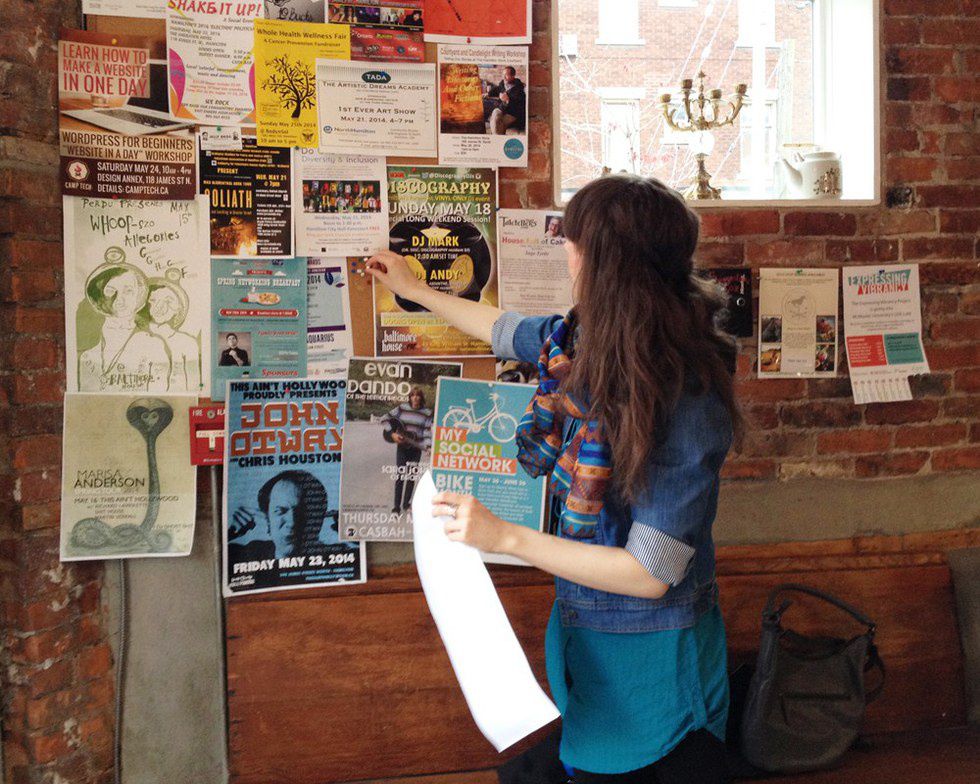by Amy Robinson, Sniff & Barkens Dog Expert
Your new puppy is the light of your life. Her antics make you laugh and cuddling with her is the best feeling ever. But what happens when you have to go to work or go shopping and leave her home?
Puppy separation anxiety is a growing concern among pet owners and veterinarians. By giving the pup our undivided attention while we are home, we may be fostering some co-dependence that will be tough to undo. Crate training, in careful steps with lots of rewards, can help your puppy learn that it’s OK to be alone for a bit.
Remember that all dogs crave a den-like atmosphere. You may have noticed that your pup snoozes under your dining room chair or under a coffee table. Just like people, they love a roof over their heads and a special place to call their own. So, take steps to make crate time enjoyable, and increase the size of the crate as the puppy grows. Always exercise your puppy and provide a chance to potty outside before trying these exercises.
Try these steps to motivate your dog to embrace the crate:
1. Place some treats in the back of the crate. Allow your puppy to see you do this. Then, tell her to ‘get in your house’ or another phrase you choose. She should walk in to get the treat. Praise her when she goes in, and then allow her to come out right away. Do this two more times.
2. Repeat the above, tossing a treat in the back of the crate but this time, hold her back so she is inhibited from getting in to get the treat. Then let her go so she can retrieve the prize.
3. Feed all meals in the crate. Just push the bowl to the back of the crate and let the puppy walk in. This is the first time you will close the door. Stay within sight so she doesn’t become anxious. Allow her to eat and then take her outside for a potty break.
4. At night, place the crate in your bedroom, up on a large bench so she can see you, or if your puppy is super-sized, place the large crate right next to your bed. Just hearing you breathe and sharing that space is a bonding experience for both of you.
5. Build up to placing her in the crate and then leaving the room. At first, leave briefly and then come right back. Ignore whining and only let the puppy out when she is quiet.
6. When you do let the puppy out of the crate, don’t greet her like it’s been a month since you two were together. Just a calm, “good girl” is plenty of interaction after opening the crate door.
This sounds like a lot more work than just letting her sit on your lap on the sofa, but think of your responsibility as a dog owner. It’s up to you to provide lots of good experiences to round out her personality and give her confidence, and crate training can be a big help in that process. Even if you don’t plan to use it past the puppy stage, I urge you to leave the crate in place with the door open. You just might find that your pup will nap in there when she wants to chill in her own personal space. Good girl!



















